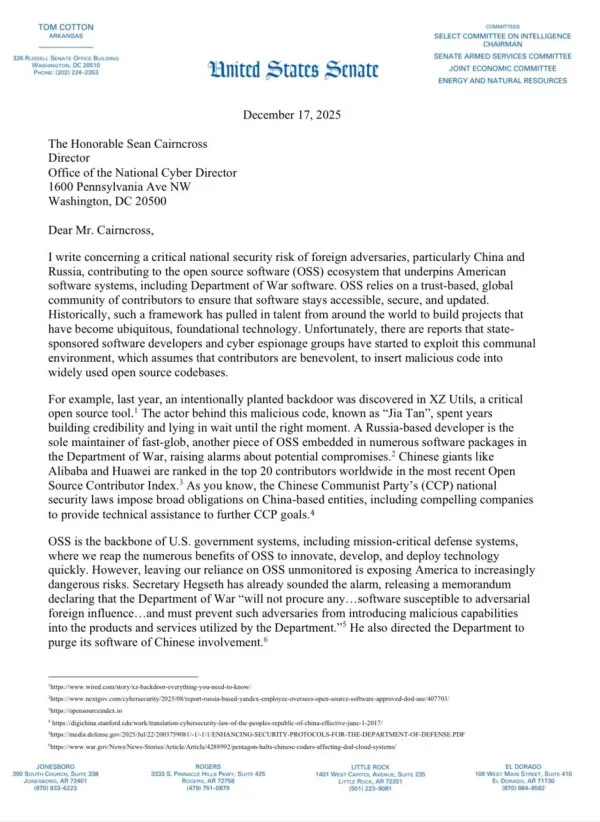The Afghan Data Breach: How a Single Email Exposed British Spies and Endangered Thousands

The Catastrophic Leak That Shook Britain's Intelligence Community
In what has emerged as one of the UK's most damaging data breaches in recent history, a single misplaced email in February 2022 exposed not only the identities of nearly 19,000 Afghan nationals who had worked with British forces, but also revealed the names of over 100 British intelligence operatives and special forces personnel, including MI6 spies and SAS troops.
The breach, which occurred just six months after the Taliban's return to power in Afghanistan, has forced the British government to establish a secret relocation program costing taxpayers an estimated £850 million while raising profound questions about data security protocols within the UK's defense establishment.
The Initial Mistake: A Single Email With Devastating Consequences
The breach began with what appeared to be a routine administrative error at the UK Special Forces headquarters in London in February 2022. A spreadsheet containing the personal information of about 18,700 Afghans and their relatives – totaling approximately 33,000 people – was accidentally forwarded to the wrong recipients by email. These were individuals who had applied for relocation to Britain under the Afghan Relocations and Assistance Policy (ARAP), having worked with UK armed forces during the two-decade war against the Taliban.
The leaked data contained far more sensitive information than initially understood. UK media reported that the names of more than 100 special forces troops, MI6 spies and military officers were part of the leak, with the personal information of British officials including spies from the foreign intelligence agency MI6 and special forces such as the SAS being included in the data breach.
The Cover-Up: Years of Secrecy and Super-Injunctions
What makes this breach particularly concerning is not just its scope, but the extraordinary lengths to which the British government went to keep it secret. The data breach was released in error in early 2022, but the Defence Ministry only spotted the breach in August 2023, when part of the data set was published on Facebook. This meant that for over a year, sensitive information about both Afghan nationals and British intelligence personnel remained in unauthorized hands without the government's knowledge.
UK politicians tried to keep the Afghan data leak secret with a super-injunction, and the controversy only became public after the super-injunction blocking media from reporting on the breach was removed. The use of such extreme legal measures typically reserved for protecting national security suggests the government understood the potential ramifications of the breach from the outset.
The Human Cost: A Secret Relocation Program
Recognizing the mortal danger posed to Afghan nationals whose identities had been compromised, Britain set up a secret scheme to bring thousands of Afghans to the UK after their personal details were disclosed in the data breach, putting them at risk of reprisals from the Taliban after their return to power.
The Afghanistan Response Route is expected to eventually cost the British taxpayer £850 million, and as of May 2025, more than 16,000 Afghan people had moved to the UK because of the data breach. This massive relocation effort, conducted entirely in secret until recently, represents one of the largest emergency refugee programs undertaken by the UK government in recent years.
The urgency of this response underscores the gravity of the situation. When the Taliban returned to power in August 2021, they had made clear their intentions to pursue those who had collaborated with Western forces. The exposure of these individuals' identities essentially placed them on a Taliban hit list, necessitating immediate evacuation to prevent potential executions or reprisals.
Intelligence Implications: MI6 and Special Forces Exposed
Perhaps even more alarming than the exposure of Afghan collaborators is the revelation that the breach compromised active British intelligence personnel. The personal information of more than 100 British officials, including spies from MI6 and special forces such as the SAS, was included in the data leak.
For intelligence agencies, the exposure of operatives' real identities represents a catastrophic security failure. MI6 officers and SAS personnel often work under deep cover, with their true identities being among the most closely guarded secrets in the British security apparatus. The compromise of these identities could potentially:
- Render these operatives ineffective in future operations
- Expose ongoing intelligence operations they were involved in
- Put the lives of these personnel and their families at risk
- Compromise sources and methods used by British intelligence
- Damage relationships with allied intelligence services
Timeline of the Disaster
The chronology of events reveals a perfect storm of administrative incompetence, delayed detection, and attempted cover-up:
February 2022: The initial breach occurs, just six months after Taliban fighters seized Kabul. An official accidentally emails the sensitive data to unauthorized recipients.
August 2023: The Ministry of Defence finally discovers the breach when portions of the leaked data appear on Facebook – more than 18 months after the initial incident.
2023-2024: The government implements emergency relocation procedures while simultaneously pursuing legal measures to prevent media reporting of the incident.
July 2025: The super-injunction is lifted, and the full scope of the breach becomes public knowledge.
Regulatory Response and Accountability
Despite the severity of the breach, regulatory consequences have been minimal. The Information Commissioner's Office described the incident as "unacceptable" and "deeply regrettable" as it had placed thousands of vulnerable people at risk, but said it had supported the Ministry of Defence's internal investigation and was satisfied that no further regulatory action was required.
This lenient regulatory response has raised questions about accountability within government institutions and whether current data protection frameworks are adequate for handling breaches of such magnitude and sensitivity.
Broader Implications for UK Security
This breach represents more than just an administrative failure; it exposes systemic weaknesses in how the UK government handles sensitive personal data, particularly during crisis situations. The incident occurred during the chaotic final phase of the Afghanistan withdrawal, suggesting that operational pressures may have compromised normal security protocols.
The revelation also raises uncomfortable questions about the UK's ability to protect those who assist British forces in conflict zones. The knowledge that collaboration with UK forces could result in such catastrophic exposure of personal information may deter future cooperation from local populations in other operational theaters.
The Political Fallout
The controversy has raised uncomfortable questions for both the government and lead opposition party. The use of a super-injunction to hide the breach from public scrutiny runs counter to principles of governmental transparency and accountability. Opposition parties are likely to demand investigations into both the original breach and the decision-making process around the cover-up.
The £850 million cost of the emergency relocation program also represents a significant unplanned expenditure that taxpayers were unaware of until the breach became public. This financial burden, while morally necessary given the circumstances, highlights the true cost of data security failures in sensitive government operations.
Lessons and Moving Forward
This incident serves as a stark reminder of the human cost of data breaches in sensitive government operations. While corporate data breaches typically result in financial losses or identity theft, breaches involving intelligence and military operations can literally be matters of life and death.
Key lessons from this disaster include:
- Enhanced Security Protocols: The need for more robust email security systems and verification procedures for sensitive communications
- Rapid Detection Systems: The 18-month delay in discovering the breach highlights the need for better monitoring of sensitive data
- Transparency vs. Security: The balance between protecting national security and maintaining public accountability
- Crisis Management: The importance of having pre-established protocols for handling large-scale data breaches involving human safety
Conclusion
The Afghan data breach represents a perfect storm of administrative failure, delayed detection, and attempted cover-up that ultimately cost British taxpayers hundreds of millions of pounds while exposing intelligence operatives and endangering thousands of Afghan lives. While the emergency relocation program may have prevented a humanitarian catastrophe, the incident raises fundamental questions about data security protocols within the UK government and the accountability mechanisms in place when such failures occur.
As the full implications of this breach continue to unfold, it serves as a sobering reminder that in the digital age, a single misplaced email can have consequences that reverberate across continents and cost both lives and national treasure. The challenge now is ensuring that the lessons learned from this disaster are implemented effectively to prevent similar catastrophes in the future.





